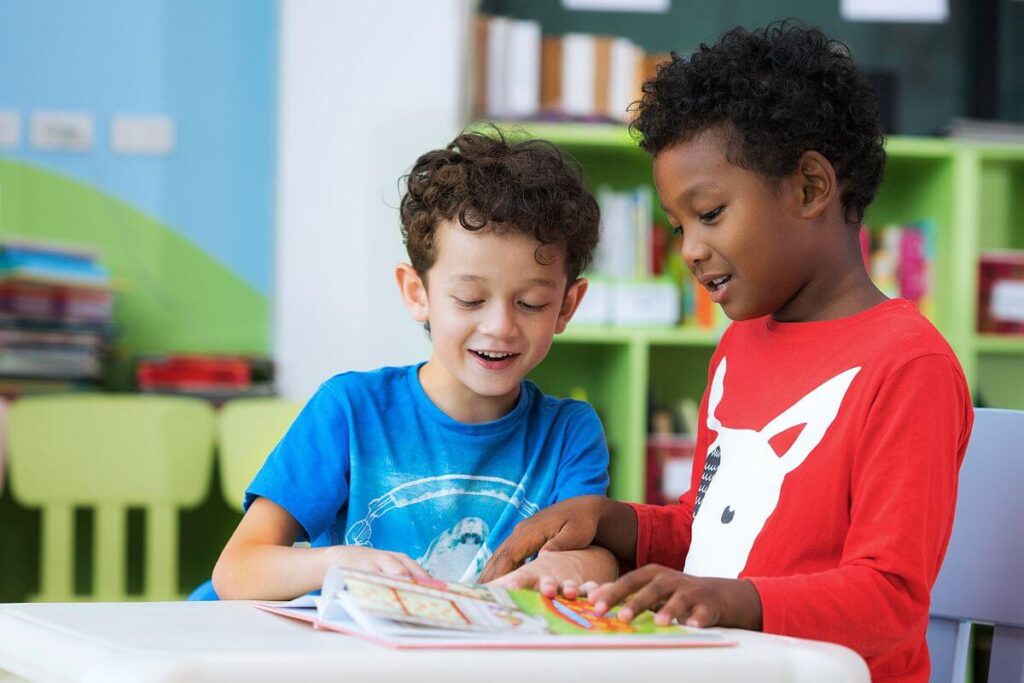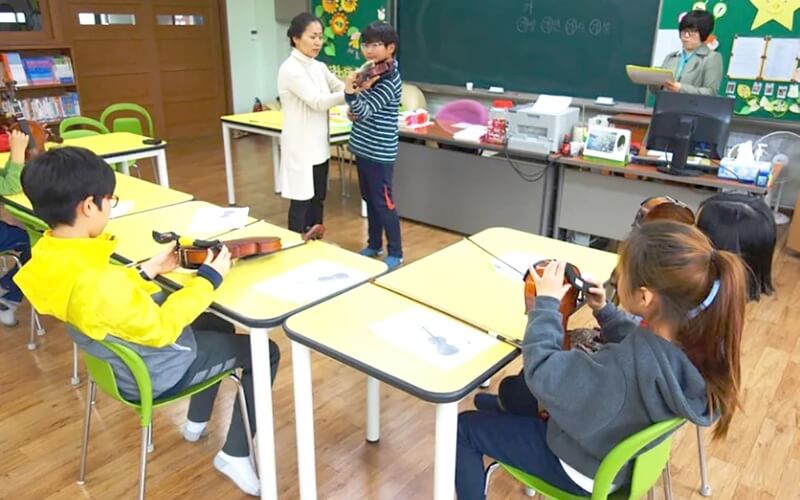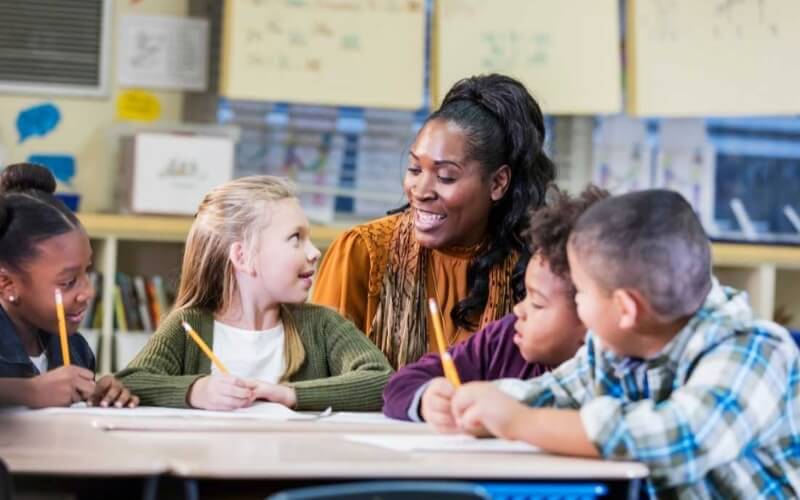Teaching students to respect different cultures transforms classrooms into gateways of global understanding. Through hands-on experiences with diverse traditions, languages, and perspectives, educators can nurture empathy and cultural awareness in young minds. This comprehensive guide provides practical strategies for creating an inclusive learning environment where cultural appreciation flourishes.
What Is Cultural Diversity in Education and Why Does It Matter?

Understanding cultural diversity in education means recognizing and valuing the unique backgrounds, traditions, and perspectives that each student brings to the classroom. It’s about creating an inclusive space where everyone feels respected and appreciated.
Ignoring diversity can lead to misunderstandings and missed opportunities for growth, while embracing it helps students develop empathy and prepares them to thrive in a multicultural world. By teaching students to respect different cultures, we’re laying the foundation for global citizenship and a more harmonious future.
How Does Teaching Cultural Respect Transform Student Development?
Teaching cultural respect offers countless benefits for students. It helps them develop empathy by understanding others’ experiences and perspectives, reducing bias and fostering kindness. It also improves communication skills, making it easier for them to connect with people from diverse backgrounds.
Plus, celebrating their own culture while learning about others strengthens their self-identity and builds confidence. Ultimately, teaching cultural respect prepares students to succeed in an increasingly diverse and interconnected world.
Explore More Teaching Tips: Using Podcasts in the Classroom: A Comprehensive Guide 2025

How to Implement Cultural Respect in Your Educational Setting
Which Classroom Strategies Effectively Promote Cultural Respect?
In the classroom, promoting cultural respect starts with celebrating differences. Encourage students to share their traditions, stories, and experiences, creating a space where everyone feels valued. Use diverse learning materials, like books and videos, that represent a variety of cultures so students can see themselves and others reflected in what they learn. These simple strategies help build an inclusive environment where respect and understanding thrive.
What Practical Activities Build Cultural Respect in Students?
Practical activities are a fun way to teach cultural respect. Celebrate cultural traditions and festivals by organizing events where students can learn about different customs through food, music, and art.
Engage them in cultural exchange projects, like pen-pal programs or collaborative assignments with students from other backgrounds. These hands-on experiences make learning about diversity enjoyable and meaningful, helping students appreciate and respect different cultures.
How to Engage Families and Communities in Cultural Respect Education
Involving families and the community is a great way to enrich students’ understanding of cultural respect. Invite parents to share their cultural traditions through stories, performances, or food during school events.
Building partnerships with local cultural organizations can also bring authentic experiences into the classroom, allowing students to engage with their community’s diverse heritage. These collaborations create a richer learning environment and help students see the value of respecting different cultures in real life.
Discover Related Guides: Effective Strategies for Helping Students with Anxiety Disorders

How to Address Common Challenges When Teaching Cultural Respect
When teaching cultural respect, it’s important to address challenges with care. Discussions about culture should be age-appropriate, so younger students might explore diversity through stories and activities, while older students can engage in more complex conversations.
It’s also essential to handle sensitive questions or topics with empathy, providing a safe space for students to ask and learn. By guiding these discussions thoughtfully, we can ensure that students gain a respectful and open-minded understanding of different cultures.
How to Measure and Improve Your Cultural Respect Teaching Methods
Measuring the success of cultural respect initiatives is important to ensure they’re making a real impact. You can assess this by looking at student engagement, participation in cultural activities, and any changes in behavior or attitudes.
Gathering feedback from both students and families helps identify what’s working and where improvements are needed. This feedback loop allows you to continuously refine and strengthen the program, ensuring it stays effective in fostering respect and understanding for all cultures.

Common Questions About Teaching Cultural Respect in Education
How to demonstrate respect for students from different cultural backgrounds?
To demonstrate respect for students from different cultural backgrounds, start by showing genuine interest in their culture. Listen to their stories, ask questions, and celebrate their traditions. Create an inclusive classroom where every culture is valued and represented in the curriculum.
Encourage open discussions and ensure that every student feels heard and respected. Small gestures, like learning about their cultural holidays or using inclusive language, go a long way in making students feel appreciated and respected.
At what age should we start teaching children about cultural diversity and respect?
Cultural diversity education can start as early as preschool. At this age, children can learn about different cultures through simple, age-appropriate methods like stories, songs, and celebrations. These activities help young children develop an understanding of diversity in a fun and engaging way, laying the foundation for respect and appreciation of different cultures as they grow.
In conclusion, teaching students to respect different cultures is essential for developing globally-minded citizens. By implementing these strategies, activities, and community engagement approaches, educators can create inclusive learning environments where cultural diversity thrives and every student feels valued.






